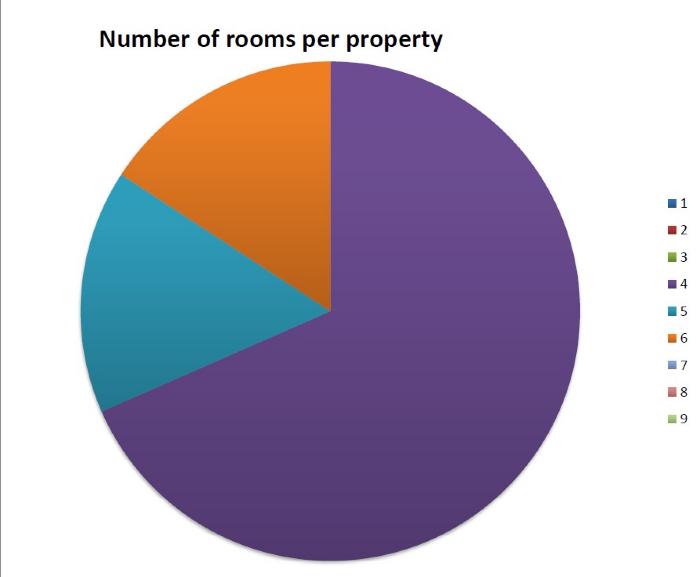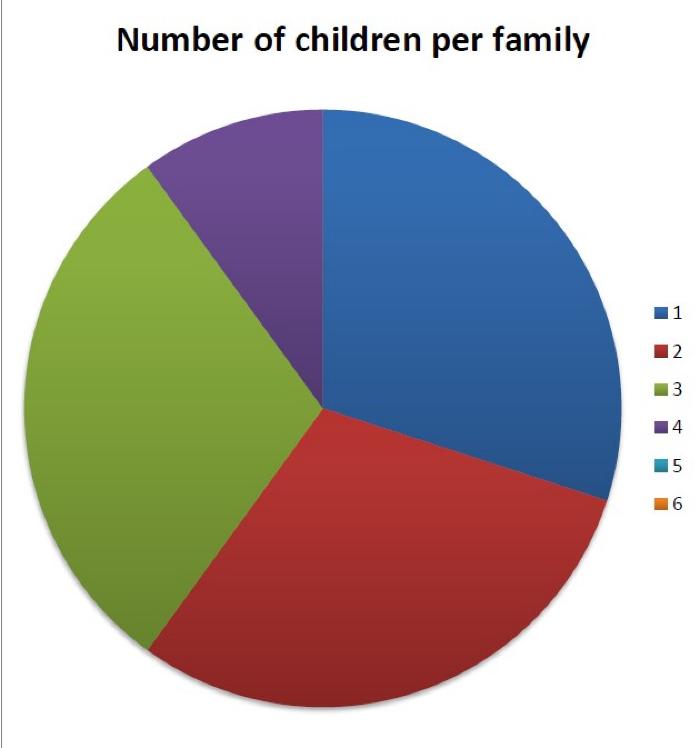Census 1911 - Hogarth Hill description
Hogarth Hill
Located in the ‘Artisan’s Quarter’ of the Suburb. At the time of the 1911 census, the 19 even numbered houses had been built and occupied, whereas the other side of the road (12 houses) was still under construction.
These cottage-style homes were designed as small family houses and are similar in size. This is reflected in the number of rooms:
- Over two thirds (68%) of the 19 completed houses had 4 rooms
- Three (16%) houses had 5 rooms and
- Three (another 16%) had 6 rooms.
 Who lived there?
Who lived there?
- 66 people, 36 males & 30 females
- All heads of household were male, all were married with their wives still living.
- Over half of the households (57.9%) had children under 16 living at home.
- There were 9 households (40%) without children. These were a mixture of recently married and older couples.
- The average family size was 2.2 children.
- The largest family had 4 children and the number of one, two and three child families was the same (see pie chart below), although with such a small sample size this may not be significant.
- The nuclear family was a strong feature. Only four households had a member of the extended family resident; (a sister acting as carer for young children, the 70 year old mother of a householder, whilst two had a brother-in-law (economically active and unmarried).
- There were no ‘boarders’ or ‘paying guests’
- Only one household had a servant
 Employment of residents
Employment of residents
- Most adult males were economically active.
- Only one household head was retired.
- No females were in employment outside the home. There was one servant and a mother’s help who was a family member.
- Three households (15.8%) have more than one earner.
- Clerical and administrative work was the largest employment group (9 out of 21 men in employment constituting 43%).
- Other significant areas of work were the building trade (14.3%) and printing (9.5%).
Where were residents born?
- Less varied than many other roads
- No residents born abroad, few born outside England
- 75% of residents born in London (almost of all the children)
- 17% born elsewhere in England.
- One man from Ireland and another from South Wales. Both in building trade and probably attracted to London by employment opportunities at a time of rapid growth.
 Other interesting information
Other interesting information
No 38 was the home of Edith How Martyn and her husband. Prominent in the women’s suffrage movement, she appears on the plinth of the 2018 Millicent Fawcett statue in Parliament Square.
She was imprisoned for trying to make a speech in the House of Commons – one of first acts of suffragette militancy.
Co-founder of Women’s Freedom League (WFL) which advocated non-violent illegal acts. As editor of ‘The Vote’ (WFL newspaper) encouraged disruption of the 1911 census:
‘… to boycott the census, to refuse all information about themselves and their households… We intend to do our best to make it unreliable and inaccurate.’
No 38 did not complete the census form, but Edith wrote:
“No votes for women. No information from women.”
“Legislation without Representation is slavery.”
“The occupier of this house is not a person only a woman. See decision of House of Lords Scottish Graduates Case 1908.”
The enumerator inserted additional information in red
‘by authorisation of the Registrar General’ stating:
Information received that this was an open house on census night
Herbert How Martin (sic) - Head - Approx 40 – Married - Scientific man
Mrs How Martin
6 female visitors
Later: first female member of Middlesex County Council 1919. She was a campaigner for birth control and organised 1927 World Population Conference and Director of Birth Control Information Centre.
She died in Australia in 1954.


